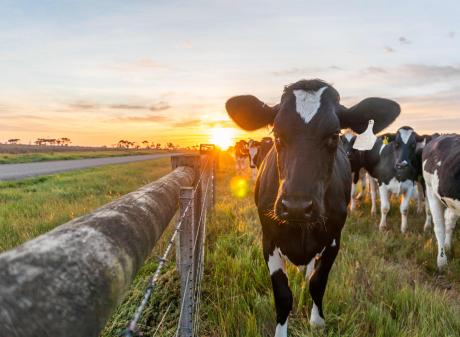Tapping into irrigation pipes could be a life-saver for rural firefighters, Alexandra farmer and Otago regional councillor Gary Kelliher says.
Finding easily accessible sources of water to refill was sometimes a challenge in isolated areas, especially at night, Mr Kelliher said.
One solution could be to have fire-hose fittings on irrigation scheme pipelines, at locations that could be known to firefighters in advance.
About four months ago he witnessed a fire at the top of Watson Rd near Nelson Ridge Rd, near Moutere Station.
The fire began as a controlled burn, but strong winds and dry grass meant it quickly spread, he said.

Mr Kelliher called the fire brigade and luckily it was able to put it out, but while he was at the site he saw how isolated the area was.
The area used to be part of two farms, but now it was subdivided into more than 50 lifestyle blocks of 8-10ha.
Although the blocks had to have water tanks, not many had firehose fittings, and water tanks could be situated in places difficult for a tanker fire truck to reach.
A fire tank could also easily drain someone’s domestic water supply, which would take days to refill, he said.
After looking at the options in the surrounding areas alongside members of the Clyde Volunteer Fire Brigade, they identified the Dairy Creek irrigation scheme pipe near Golden Rd as an ideal place for appliances to refill, especially at night when it was harder to find other sources of water nearby.
Mr Kelliher approached Pioneer Energy as the primary funder of the Dairy Creek irrigation scheme.
Chief executive Fraser Jonker said adding a fitting that allowed refilling for fire appliances was a ‘‘no-brainer’’, as it was in everyone’s interest to make it easier for firefighters.
He was willing to discuss providing similar fittings that could be of help for firefighters and the community if there was need in other areas where they had assets.
Mr Kelliher said irrigation systems were sometimes seen in a negative light, but this was an example of how the systems could not only protect farms but also rural lifestyle blocks and towns.
‘‘With dry land all around us, having irrigation surrounding a town does protect it, and it does make the community safer.’’
Dunstan Rural Fire Force deputy controller Mark Reid said he applauded the farmer-led initiative.
Knowing in advance where water could be obtained and having access for a large truck to be able to quickly refill could save lives, he said.
During the daytime it was easier to identify sources of water, ‘‘but a night-time fire would be a different thing’’.
Having an access point that was known in advance to be able to supply large quantities of water to fire trucks with the correct fitting for fast refilling was vital for firefighters.
As a farmer himself, Mr Reid was looking to see if there were other spots that could be identified that could also help rural fire services access water when needed.
Over the year he hoped to make a grid that would map other sites where pressurised water schemes could help firefighters access water easily.
The farmer-driven and farmerowned system could protect large rural areas, Mr Reid said.














